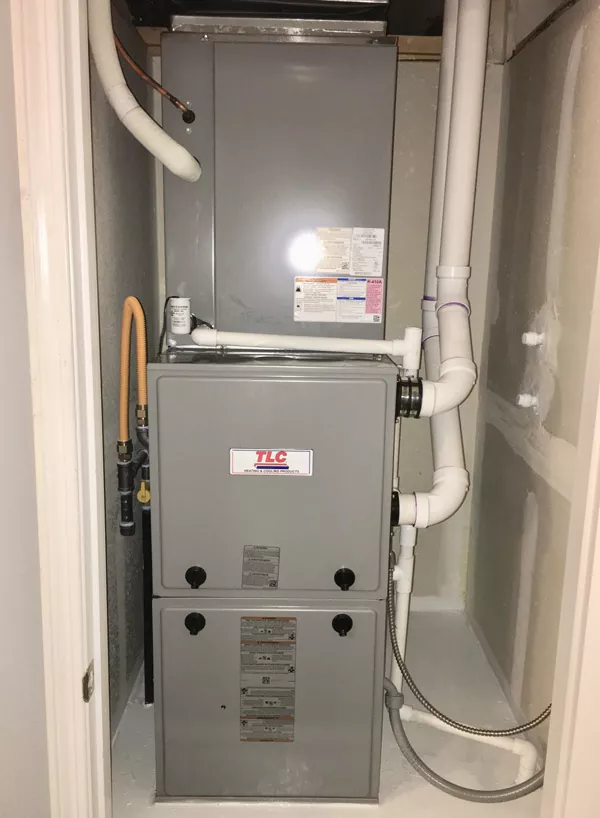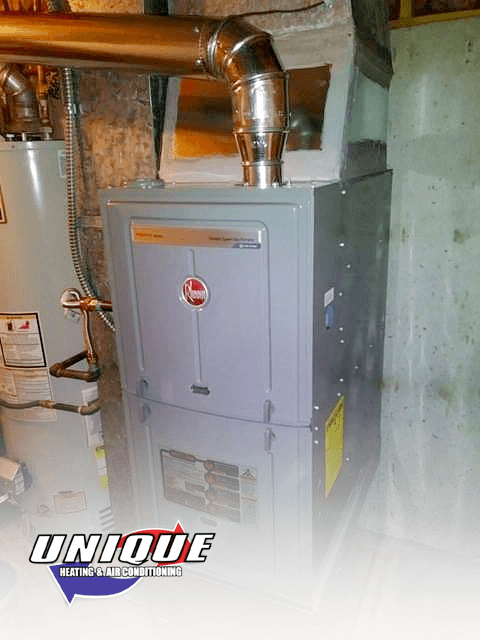Top HVAC Portland contractors ready to maintain your system
Top HVAC Portland contractors ready to maintain your system
Blog Article
The Ultimate Guide to Furnace Installment for a Cozy Home
Furnace installment is an essential facet of preserving a comfortable home setting, especially during the cooler months. As you think about these variables, the question stays: what steps can you take to guarantee your heating system serves you well for years to come?
Kinds of Heating Systems

Gas furnaces are the most common choice due to their efficiency and lower functional expenses. They utilize gas or lp, offering fast heating and constant efficiency, making them excellent for chillier climates.
Electric heating systems, while generally easier to set up and keep, tend to have greater operational expenses. They are typically favored in locations where gas solution is unavailable or for homes with existing electric facilities.
Oil furnaces, though much less common today, stay a sensible option in certain regions. They shed home heating oil, which can be beneficial throughout cooler months, but their dependence on oil delivery presents potential obstacles.
Additionally, there are high-efficiency models offered throughout these types, which can dramatically lower power usage and energy bills - furnace installation. Inevitably, recognizing these furnace kinds will certainly aid house owners select a system that lines up with their heating needs, budget, and power choices
Selecting the Right Size
Selecting the appropriate dimension for a heater is critical to ensuring optimum performance and energy performance. A small furnace will certainly have a hard time to maintain comfy temperature levels throughout the cold months, leading to enhanced damage, higher power expenses, and potential system failing. On the other hand, an oversized heater might cycle on and off too regularly, leading to ineffective heating and irregular temperature circulation within the home.
To figure out the appropriate heater size, a calculation called the Handbook J load estimation need to be carried out. This procedure examines different elements, including the square footage of the home, insulation degrees, window sizes, and neighborhood environment conditions. This detailed analysis makes sure that the heating system fulfills the details heating needs of the area.

Installment Refine Introduction
In terms of materials, you will certainly need ductwork, insulation, and sealing tape to ensure optimum air movement and energy efficiency - furnace installation. It is also vital to have a new furnace filter accessible, in addition to venting materials, such as PVC pipeline or metal flue, depending on the kind he has a good point of heating system being installed
Safety and security devices, including handwear covers, goggles, and a face mask, is additionally important to safeguard versus dust and particles during installation. Having all these devices and materials conveniently available not just enhances the process yet likewise boosts the security and effectiveness of the heating system installation.
Upkeep Tips for Durability
To ensure the durability of your furnace, it is vital to carry out a regular upkeep routine that resolves crucial parts of the system. Begin by changing or cleansing the air filter every one to 3 months, as a blocked filter can limit airflow and reduce efficiency. Furthermore, inspect and cleanse the blower assembly to avoid dirt buildup that can hinder efficiency.
Following, check the thermostat setups and recalibrate if needed to ensure precise temperature level policy. Check the ductwork for leakages or obstructions, as this can lead to energy loss and irregular home heating. Routinely lubricate the motor and bearings according to the producer's recommendations to lessen deterioration.
Professional inspections need to occur yearly, where a qualified service technician can analyze the heater's total condition, check for gas leaks, and ensure that safety features are functioning correctly. Lastly, think about setting up a programmable thermostat to enhance energy usage and preserve consistent home temperatures. By adopting these maintenance techniques, you can boost your heater's performance, prolong its life expectancy, and eventually delight in a comfortable and comfortable home setting.
Verdict

Report this page